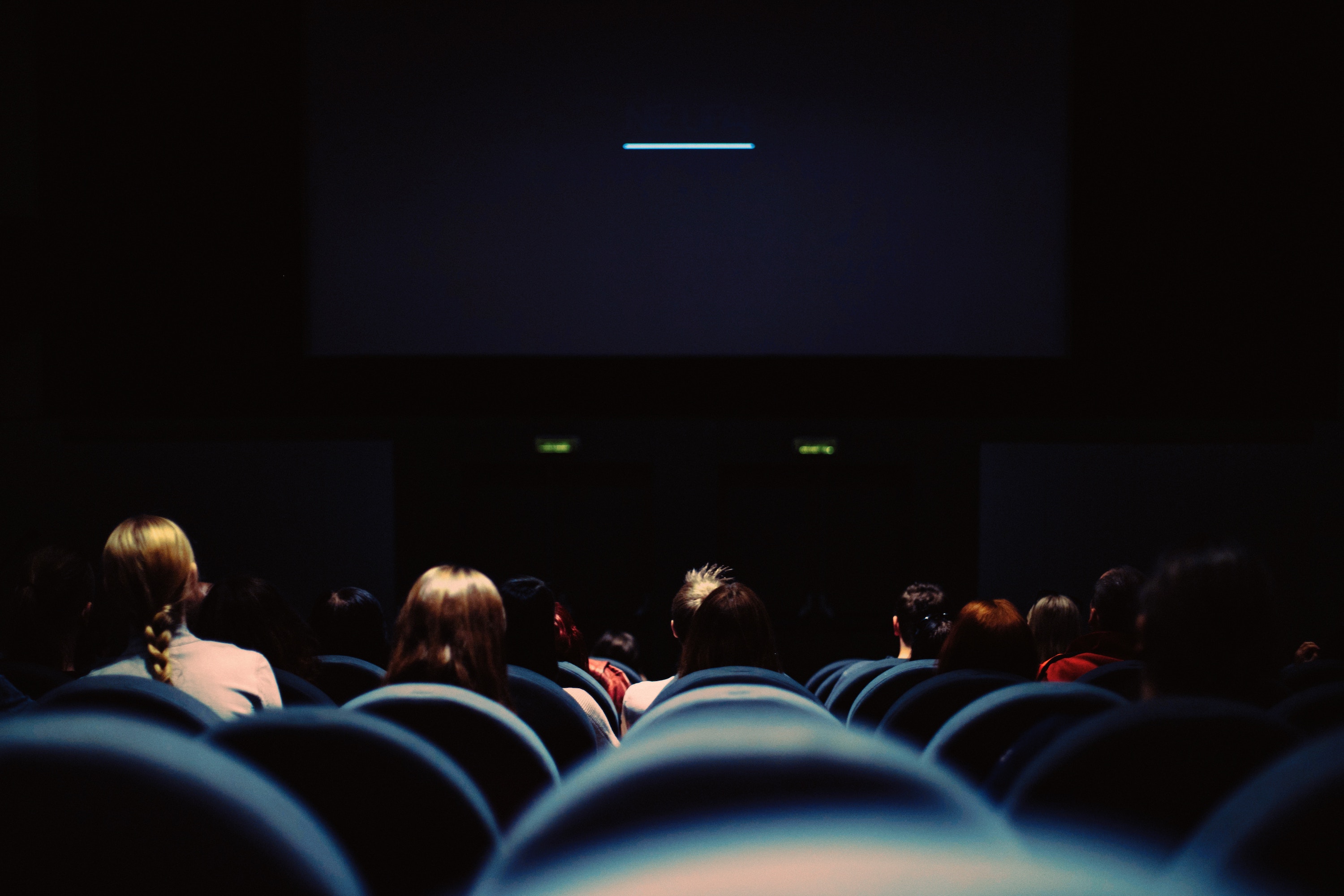In 2019, “a night at the movies” is increasingly thought of as a night spent on the couch, and movie distribution trends seem to be following suit. First-run blockbusters with major star power are making their debuts in living rooms instead of packed movie houses: films featuring Sandra Bullock, Will Smith, Jake Gyllenhaal and more are skipping the theaters altogether thanks to Netflix. It’s not only blockbusters, either. The latest from critical darlings Alfonso Cuaron and the Coen Brothers also premiered on the streaming service, with just tightly limited runs in theaters.
Armed with a robust content budget, Netflix is only the largest of the streaming services, with a multitude of competing services more than happy to grab their own piece of the $43 billion movie industry. Without the marked advantage of first-run quality pictures, it may seem like nothing less than a full-scale offensive can save movie theaters from annihilation. Their saving grace, however, may just be baked right into their essence.
In the so-called “experience economy,” businesses of all stripes prioritize in-the-moment joy as the product they’re selling, not material goods. Faced with the prospect of dying out, movie theaters are buying into this described reality wholesale. Movies have always been about the experience, and as technology changes, experiences can evolve alongside it. Driving revenue in the 21st century is no longer a matter of waiting for the audiences to roll on in. Your product needs to do a little more, especially when the competition is easily accessible from their couches.
There are numerous ways that theaters have been able to distinguish themselves in the crowded entertainment field, and there’s somewhat of a historical precedent. The multitude of gimmicks seen in decades past provide a blueprint for what theaters are doing today, without the cheesy inducements. While in-theater scent blasts may have never caught on, other sensory pleasures are being pinned as the next great hopes for the movie theater business in the current year and beyond.
Dine-In
With 40 nation-spanning locations (and expanding fast), Texas-born Alamo Drafthouse currently sets the standard for dine-in theaters where minimally intrusive waitstaff bring food and drinks right to your seat. While they’ve still got popcorn, it’s available alongside a plethora of appetizers, entrees, and even boozy milkshakes. Perhaps better known for their no-refund ejection policy for talkers and texters, Alamo’s theaters have become the most visible example of a moviehouse designed for today’s experiential customer.
Dine-in theaters of all stripes are catching on outside of the Alamo niche, with major chain AMC (already having upgraded many of their theaters with plush recliners) offering waiting service at a growing number of locations, and competitors like iPic Theaters carving out their own slice. Call it cognitive dissonance, but many customers who blanch at spending $8 on multiplex popcorn have no issues throwing down $50 on a waiter-served dinner. By combining dinner and a movie into one, the dine-in niche has grabbed onto an experience that owner-operators are happy to offer up hot.
4D
For a theater experience that’s a little more Avengers: Infinity War and a little less My Dinner With Andre, amusement park-worthy 4D cinemas promise something cinematic thrillseekers can rave about. These immersive theaters bring action-packed movies to life with seats that shake, fog and lighting effects, even scent diffusers to make every little bit of the film that much realer.
Reported to cost around $2.25 million each, these specialized rooms are built with the expectation that theatergoers looking for a unique experience will be happy to shell out $20+ to see a new movie. The aim of elevating the usual trip to the movies into something more is certainly achieved at these screenings, but the unavoidable extra costs may make them too far a leap for families and those on a tight budget. If enough adrenaline junkies can get hooked on this special exhibition, however, expect even more theaters to shell out in order to get customers out of the home and strapped into their seats.
All is not lost
Tech is certainly poised to disrupt the theater business, but students of entertainment history will note that this is far from the first time that new advancements threatened the established order. Theaters have survived the introduction of TV, the death of the studio system, video cassettes and more, but kept on selling tickets by the millions. Even much-heralded recent dips in box office receipts are part of a pattern of stuttering growth that began several years before streaming took hold.
For a reassuring mix of the expected and the innovative, movie theaters still can’t be beat. Recent numbers are encouraging, with a reported rise in attendance defying the Netflix-driven narrative. Looking at the big picture, there’s enough innovation left in the tank to ensure movie theaters will remain a place for first dates, family nights, and group outings for the foreseeable future. Streaming might have mastered the couch, but in the experiential economy there’s plenty of room for entertainment worth leaving the house for.


